
How to Read Food Labels for Hidden Gluten
For individuals with celiac disease, gluten sensitivity, or wheat allergy, avoiding gluten isn’t just a dietary preference—it’s a health necessity. While avoiding bread and pasta is fairly straightforward, gluten often hides in less obvious packaged foods, condiments, and even health supplements. Understanding how to read food labels is critical for maintaining a gluten-free lifestyle safely and effectively.
Manufacturers are not always required to list “gluten” directly, which means individuals must become skilled at spotting ingredients and codes that could indicate gluten contamination. With the growing availability of gluten-free products, labeling regulations have improved, but confusion and hidden risks remain.

Why Gluten Can Be Hidden in Food Products
Many packaged and processed foods contain additives, thickeners, flavorings, or preservatives made from gluten-containing grains. Even foods that appear naturally gluten-free—like canned vegetables, soups, or frozen meals—can contain trace amounts due to additives or manufacturing processes.
Common reasons gluten ends up in unexpected products include:
-
Use of wheat-derived binders and thickeners
-
Cross-contamination during production on shared equipment
-
Inclusion of barley-based flavorings such as malt extract
-
Hidden sources in seasoning blends and sauces
Reading food labels with precision can prevent accidental exposure and ensure dietary compliance.
Key Ingredients That May Contain Gluten
Certain ingredients are clear red flags, while others may contain gluten depending on how they are processed. Understanding these ingredient names is the first step toward mastering label reading.
|
Label Ingredient |
Gluten Risk |
Common Sources |
|---|---|---|
|
Wheat (all forms) |
High |
Bread, flour, cereals, soy sauce |
|
Malt (malt extract, syrup) |
High (from barley) |
Breakfast cereals, granola, beer |
|
Modified food starch |
Possibly (if from wheat) |
Dressings, sauces, soups |
|
Brewer’s yeast |
High (if from beer brewing) |
Snack foods, flavoring agents |
|
Hydrolyzed wheat protein |
High |
Processed meats, seasoning blends |
|
Vegetable starch |
Possibly (check source) |
Sauces, processed snacks |
|
Triticale |
High (hybrid of wheat and rye) |
Grain mixes, specialty breads |
Always verify the source of ambiguous ingredients by checking for allergen disclosures or contacting the manufacturer if needed.
Common Categories Where Gluten Hides
Beyond obvious wheat-based foods, there are several categories of products where gluten can be concealed. Awareness of these categories helps in making better choices while shopping.
-
Condiments and Sauces
Soy sauce, salad dressings, ketchup, marinades, and gravy mixes may contain wheat-based thickeners or barley-based flavorings. -
Meat and Poultry Products
Processed meats such as sausages, meatballs, and deli meats often use breadcrumbs or wheat starch as fillers. -
Snacks and Chips
Flavored chips, rice cakes, and snack bars may contain malt extract or gluten-containing binders. -
Instant Soups and Noodles
Many soup mixes and cup noodles contain gluten in seasoning packets, pasta, or added starches. -
Dairy Substitutes and Plant-Based Products
Vegan meat alternatives like seitan are made almost entirely from wheat gluten. Other plant-based items may include wheat-derived flavorings.
Even naturally gluten-free foods can become unsafe if processed in shared facilities or on contaminated equipment.
Decoding Label Terminology: What to Trust and What to Question
Reading packaging goes beyond the ingredient list. Certain phrases and claims can provide insight into whether a product is safe for gluten-free diets.
-
“Gluten-Free”:
Regulated by food authorities in many countries, products labeled “gluten-free” must contain less than 20 parts per million (ppm) of gluten—generally safe for individuals with celiac disease. -
“Wheat-Free”:
Does not always mean gluten-free. It may still contain barley, rye, or cross-contaminated oats. -
“May contain wheat” or “Processed in a facility that also processes wheat”:
Indicates potential cross-contamination. This is crucial for people with celiac disease or severe gluten sensitivity. -
Allergen Statement (“Contains wheat”):
Mandated in many countries, this helps spot wheat-containing products easily, but it does not cover rye or barley unless specifically listed. -
Natural flavors or artificial flavors:
These can be derived from barley or malt. When in doubt, verify with the manufacturer.
Recognizing Symptoms of Accidental Gluten Exposure
Even with careful label reading, accidental exposure may still occur. Knowing how your body reacts to hidden gluten helps with early intervention and dietary adjustments.
-
Digestive reactions: Bloating, nausea, gas, diarrhea, abdominal cramps
-
Neurological symptoms: Brain fog, headaches, irritability, anxiety
-
Skin reactions: Itchy rashes, hives, eczema flare-ups
-
Fatigue: Sudden energy crashes, sleep disturbances
-
Nutrient malabsorption: Symptoms of iron or vitamin B12 deficiency
If symptoms arise frequently, maintaining a food journal and consulting a healthcare provider can help identify the source of exposure.
Checklist for Smart Gluten-Free Label Reading
To simplify your shopping experience, use a quick reference checklist when reading food labels:
-
Scan for “Contains wheat” or “May contain gluten”
-
Look for certified gluten-free seals
-
Avoid ambiguous terms unless verified (e.g., “modified starch”)
-
Check condiments, spice mixes, and dressings carefully
-
Watch out for malt, barley, and brewer’s yeast
-
Review supplement and medication ingredients when necessary
-
Prioritize minimally processed, whole foods when in doubt
Consistency in using this checklist helps prevent confusion and protects against dietary errors.

Why Cross-Contamination Matters
Cross-contamination occurs when gluten-free products come into contact with gluten-containing foods or surfaces. It’s a serious concern for those with celiac disease, as even tiny amounts can trigger reactions.
Examples of high-risk cross-contact include:
-
Shared toasters, cutting boards, or cooking oil
-
Gluten-free items baked or packaged in facilities that process wheat
-
Bulk bin items without strict separation protocols
-
Restaurant foods prepared on shared surfaces without cleaning
Summary
Reading food labels with a sharp eye is a crucial skill for anyone managing gluten intolerance, celiac disease, or wheat allergy. Gluten can hide in unexpected places under names that aren't always obvious, and the risk of cross-contamination adds another layer of complexity.
Learning to identify hidden sources, decode ingredient terminology, and trust certified gluten-free labels allows for greater dietary freedom and safety.
This Blog post is an initiative by Lo! Foods, to provide accurate and Nutritionist / Doctor approved information related to Health. Lo! Foods is India's leading brand for Everyday Functional Foods. Foods designed for specific Health conditions or Needs. Lo! Foods also runs India's largest range of Low Carb Healthy Cloud Kitchens, under the brand names of Lo!, ProteinChef, ATH (All Things Healthy) and DiabeSmart.



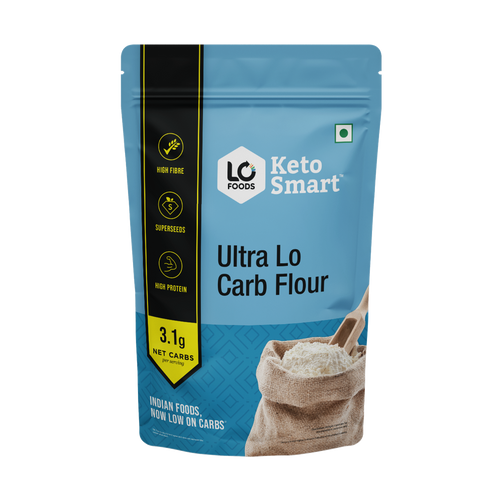
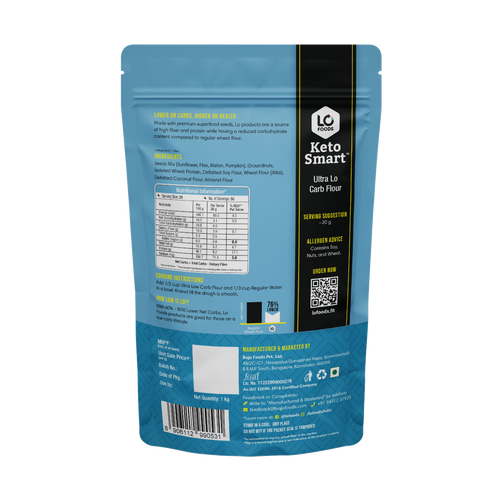
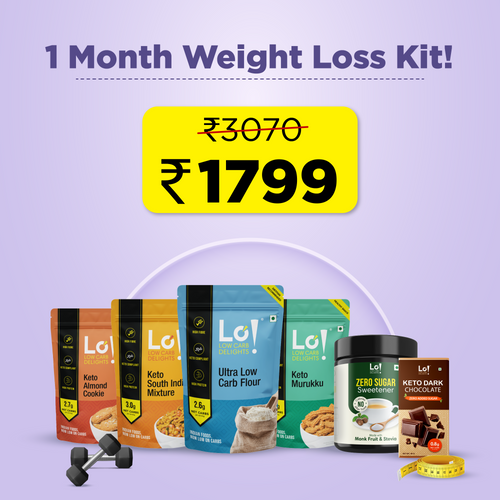
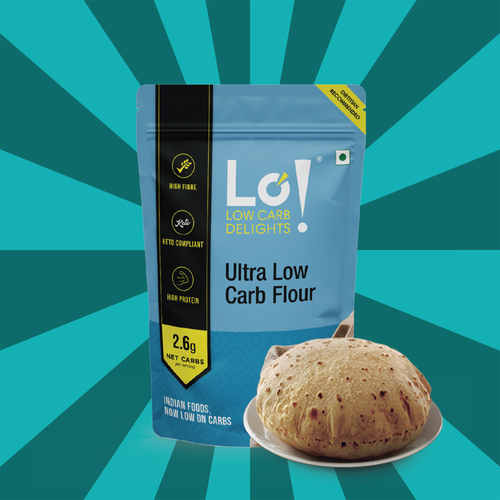







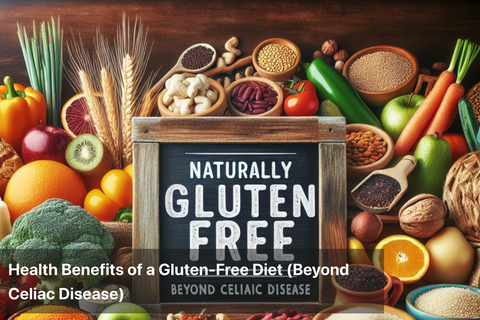
Leave a comment
Your email address will not be published.